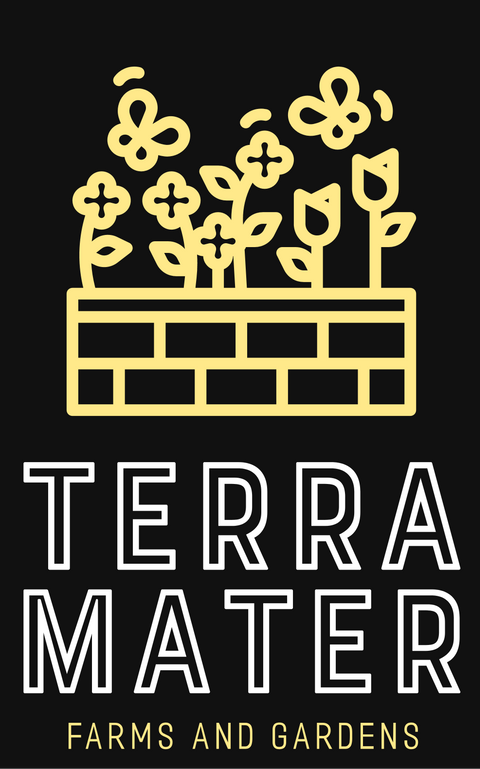Blue Wild Indigo Seeds (Baptisia australis) Native wildflower with blue spiked blooms. Nitrogen-fixer and traditional dye plant for natural landscapes
Minimum: 50+ Seeds
Native Wildflower • Pollinator Magnet • Natural Dye & Nitrogen Fixer
Add timeless beauty and ecological function to your garden with Blue Wild Indigo, a hardy native perennial known for its bold indigo-blue flower spikes and historical use as a natural dye. A member of the legume family, this deep-rooted plant also fixes nitrogen, enriching the soil while supporting pollinators and native landscapes.
🌿 Why Grow Blue Wild Indigo?
-
💐 Stunning Blooms – Long-lasting blue spikes bloom in late spring to early summer
-
🐝 Pollinator Powerhouse – Attracts bees, butterflies, and beneficial insects
-
🌱 Soil-Enriching – Natural nitrogen-fixer, improving soil health
-
🎨 Dye Tradition – Historically used as a source of blue dye in early American textiles
📏 Quick Facts:
-
Botanical Name: Baptisia australis
-
Plant Type: Perennial
-
Height: 3–4 feet
-
Spacing: 24–36 inches
-
Sunlight: Full sun
-
Soil: Well-drained; drought-tolerant once established
-
Bloom Time: Late spring to early summer
-
Zones: USDA 3–9
🌸 How to Grow & Use:
-
Cold stratify seeds before planting or sow outdoors in fall
-
Thrives in sunny meadows, prairie gardens, and native plant landscapes
-
Once established, it’s incredibly low-maintenance and long-lived
-
Use dried seed pods in floral arrangements or let them rattle in the breeze for added charm
✨ Uses:
-
🐝 Pollinator & Habitat Gardens – Essential native plant for ecological landscaping
-
🌾 Erosion Control – Deep roots stabilize soil
-
🎨 Dye Gardens – Roots and leaves used historically as a natural indigo dye*
-
🪻 Ornamental Accent – Striking blooms and foliage provide year-round interest
🌼 Garden Tip:
Plant alongside coneflowers, black-eyed Susans, or prairie grasses for a vibrant, drought-tolerant native garden that supports biodiversity and soil health.
Bring beauty, balance, and history to your yard with Blue Wild Indigo—a true backbone plant for sustainable landscapes.
*Natural dyeing with Baptisia produces a soft blue-gray color, not as deep as true indigo (Indigofera tinctoria), but beautiful in its own right.




